Stars
Our sun is an average size star. Remember that each of the stars could be a “sun” for a different solar system, with planets orbiting around each of them. The sun is nothing special when thinking of all of the stars out in space. It is not the biggest, brightest, or oldest….it is only special to us because it gives US light, heat, and because it is the center of OUR solar system, and without it we would not longer exist.
Stars can be different sizes, masses, different ages, and vary in brightness.
For information on constellations, click here and download the Stellarium program.
Birth of a Star
You might wonder how a star is formed….
| A giant cloud of gas and dust exists in space. This is called a nebula. |
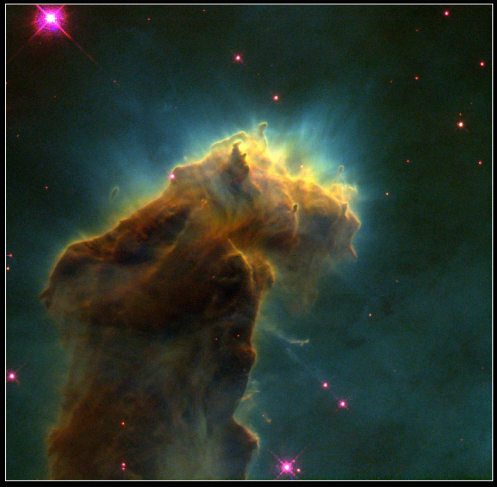 |
| The nebula (gas and dust) begins to gather together (collapse) and spin. This happens because of gravitational forces. |
|
| As this gathering and spinning continues, it heats up and becomes a protostar. |
 protostar protostar
|
| As the protostar continues to build heat, nuclear fusion begins and the star puts out light, and it contracts (pulls its gases in) and becomes stable. It is now called a “main sequence star,” which is the main part of its life cycle. Our own sun is in this stage now. While in the “main sequence stage” the star converts hydrogen to helium. |
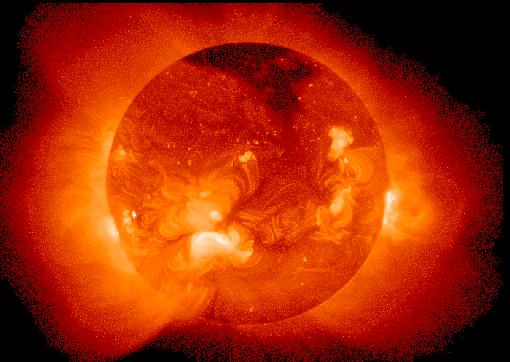 our sun, a main sequence star our sun, a main sequence star
|
| After millions or billions of years, the core of the star begins to run out of hydrogen. When this happens, the star contracts (pulls in) more. The outside of the star begins to expand (grow, spread). At this point it cools and turns red. It is no longer in a “main sequence stage” but is now a red giant…having expanded to be much larger than it was before. |
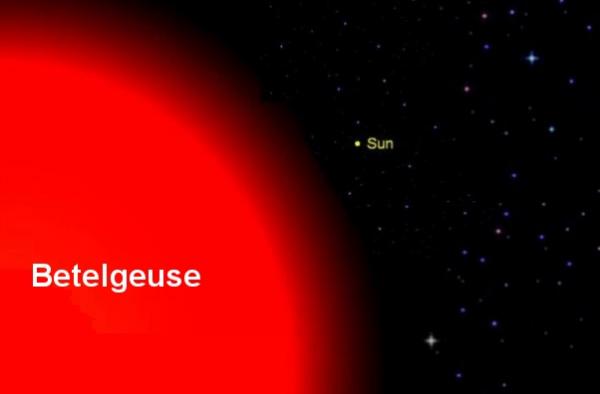
red giant – Betelgeuse compared to our Sun |
| The next stage in the life of a star depends on the mass of the star. If it is a medium star, the hydrogen continues to burn and increase in temperature until it reaches 200,000.000°C where the helium fuses (bonds together) to form carbon atoms. Then it blows out the remaining hydrogen in a ring…called a planetary nebula. |
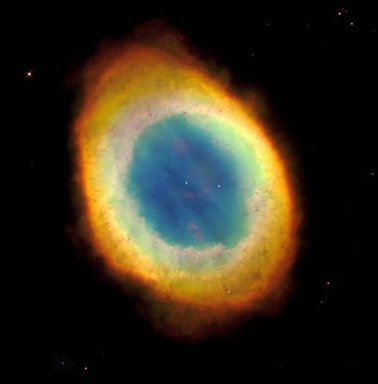 planetary nebula |
| When it reaches this stage, it burns a hot white light and is called a white dwarf. |
white dwarf stars with other stars
|
| Gradually, the star burns less, cools down, and emits lets light and heat. It becomes a red dwarf, and then brown dwarf. Theoretically, after all the gases are burned out, it is then a black dwarf. |
red dwarf
Proxima Centauri – the closest star to the Sun is a red dwarf star
|
| If, however, the star has a larger mass, the same process happens as above, but gravity is so strong, and fusion so great that the star begins to produce other gases, oxygen and nitrogen, and then produces iron. These are red supergiants. |
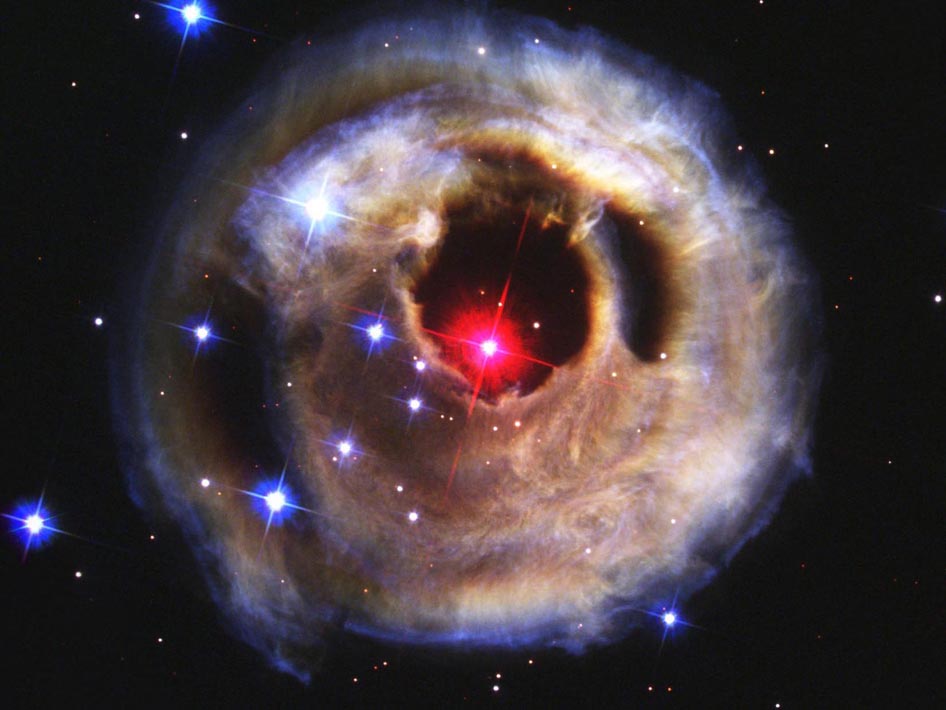
red supergiant |
| The fusion stops and then the iron atoms start to absorb energy, The energy is released as a supernova…. |
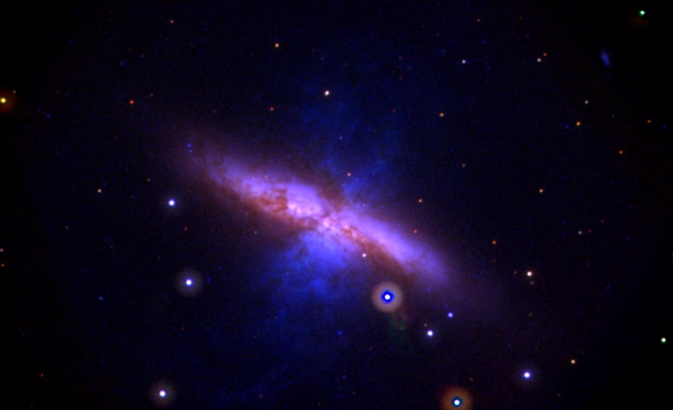
Before a supernova 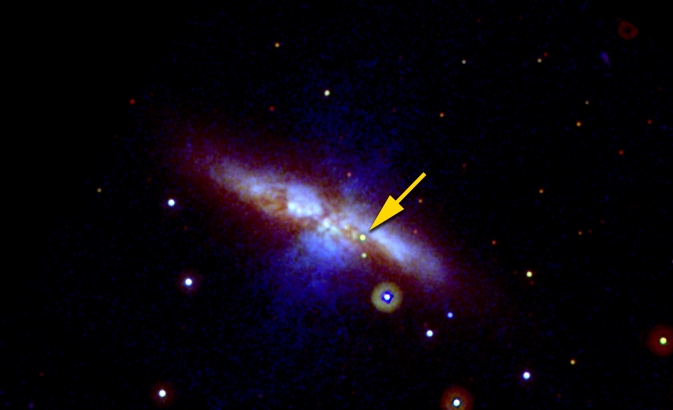 After a supernova |
| If the mass of the star was extremely large, then the core of the star is swallowed by its own gravity, creating a black hole. Black holes are not visible except in x-ray….they suck all energy and matter into them! |
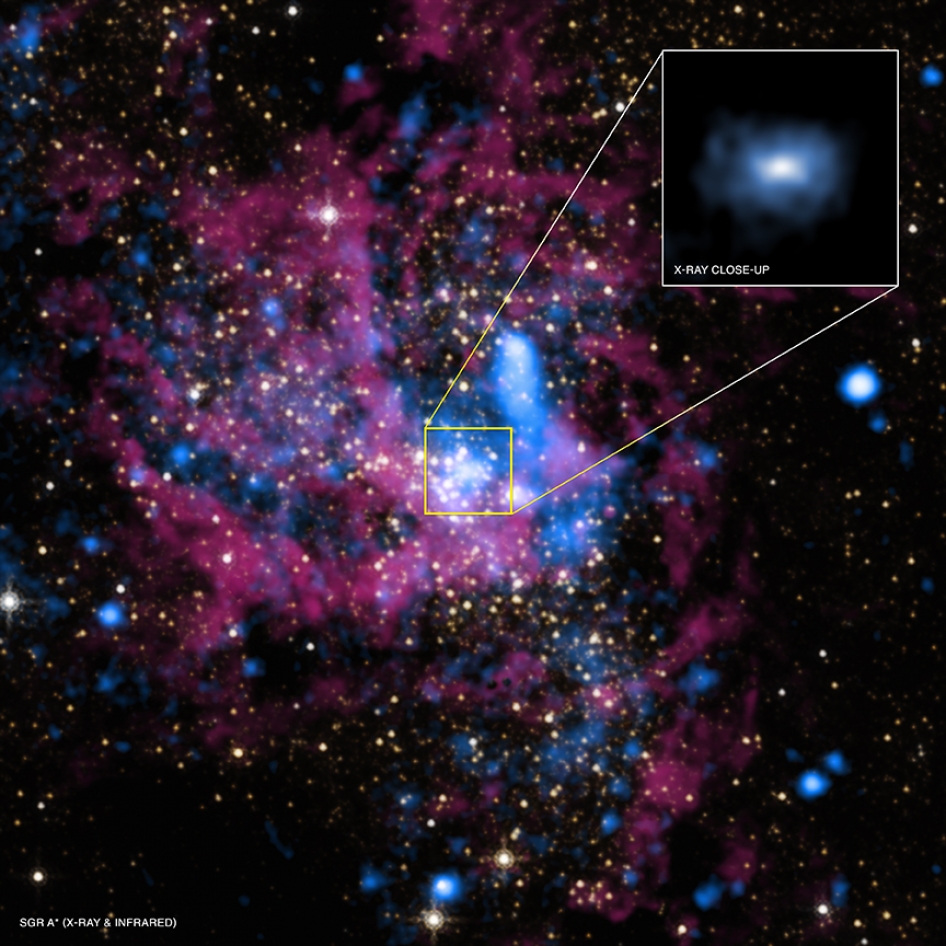
x-ray image of a suspected black hole at the center of our galaxy, named Sagittarius |


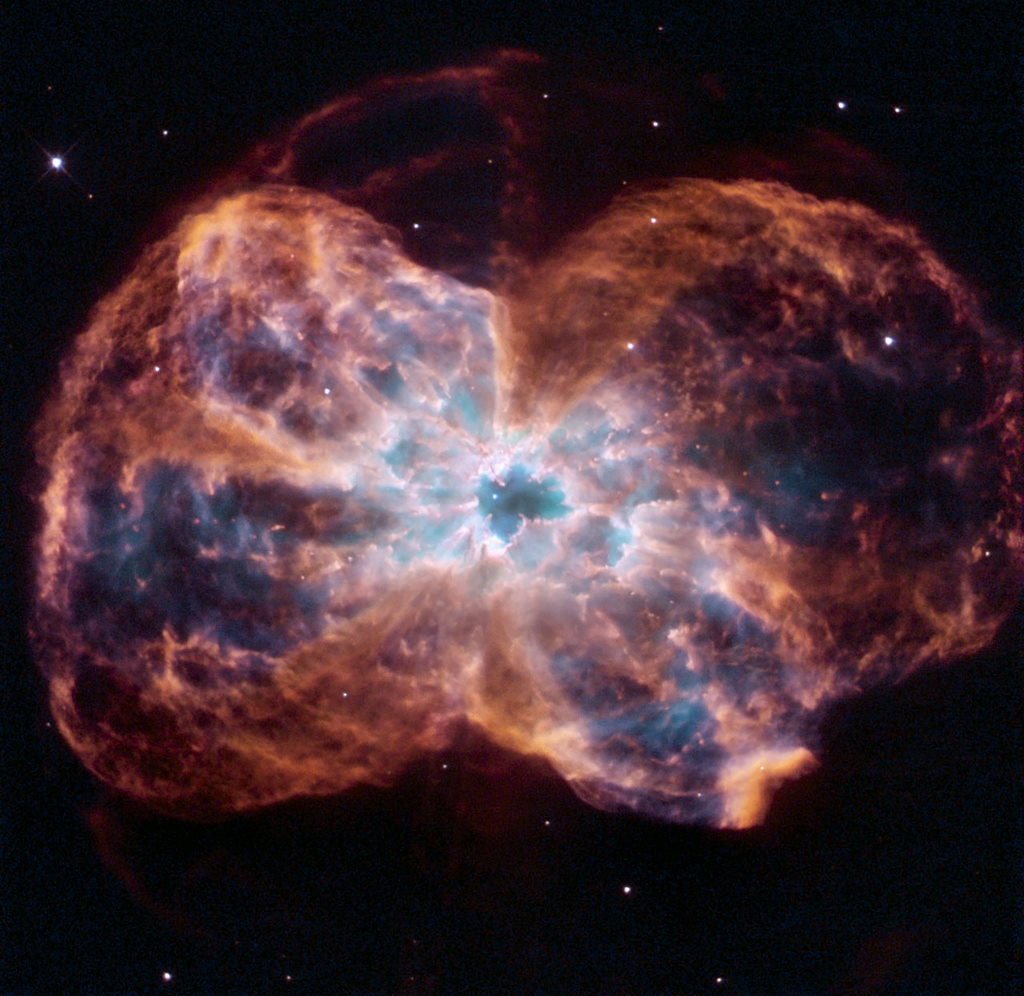




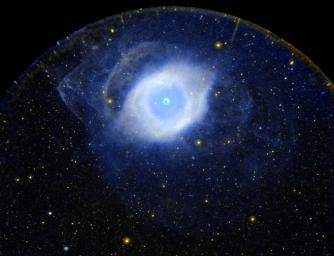
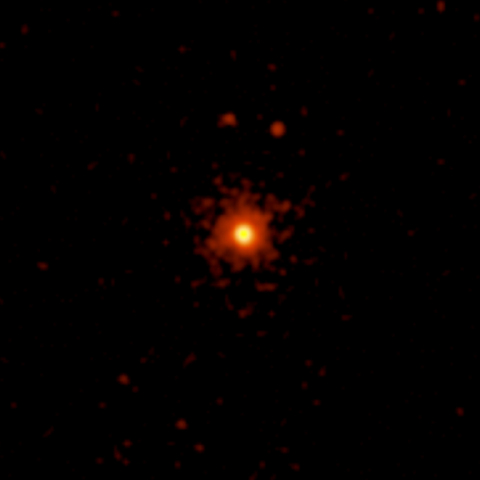




You must be logged in to post a comment.